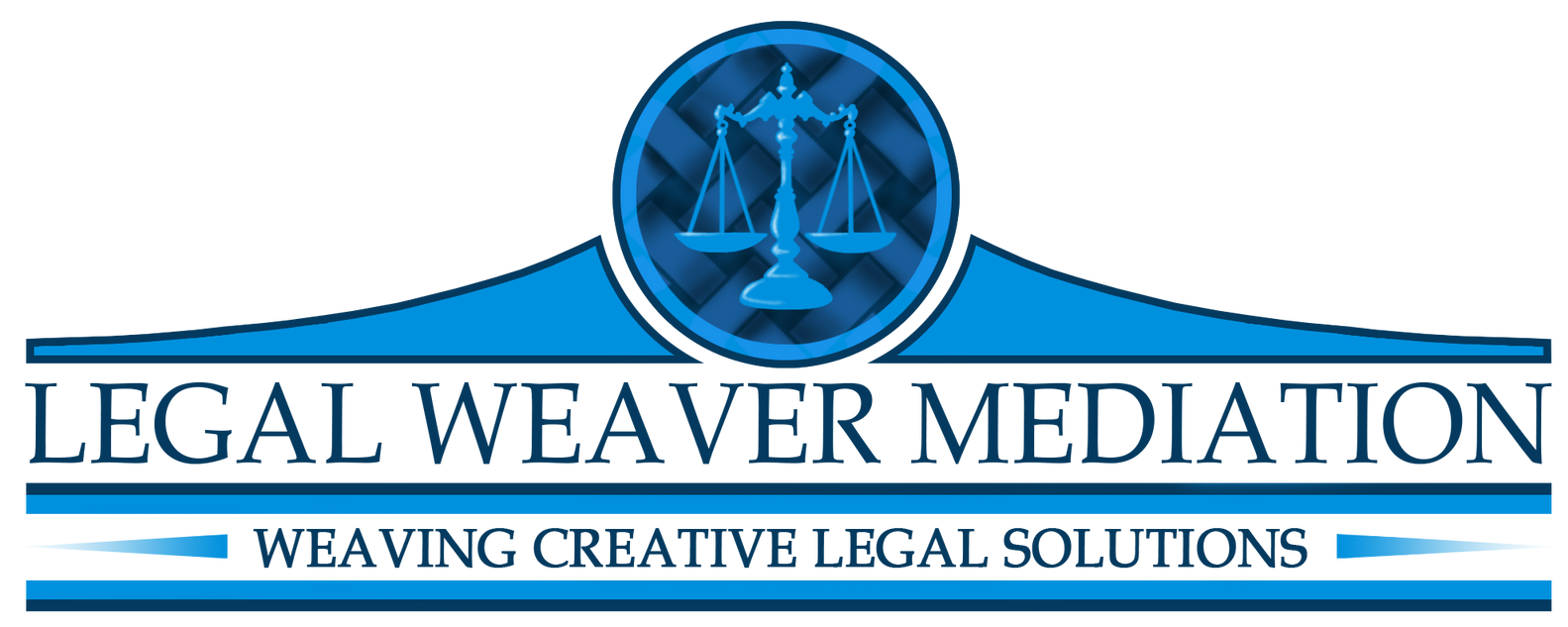Jun 23 2025 21:12 | Nicole Weaver
What the D.C. Circuit’s Ruling on AI-Created Art Means for Human Authors, AI Creations, and Inventors
The D.C. Circuit’s recent decision to deny copyright protection for an AI-generated artwork has sparked significant conversation in the creative and tech worlds. The ruling reaffirms the U.S. Copyright Office's stance: copyright law, as it stands, protects only works created by human authors. This case, brought by Stephen Thaler, who developed an AI system called DABUS, tested whether AI could be recognized as an "author" under U.S. law. The court said no.
Let’s break down what this decision means and why it matters—for human creators, AI-generated works, and those inventing these powerful AI tools.
1. Human Authors: Protection and Recognition Stay Intact
For human artists, writers, musicians, and other creatives, the decision reinforces a clear boundary. Copyright law remains rooted in human creativity. This ruling ensures that the legal rights to control, profit from, and protect creative works are still tied to people—not machines. In an age where AI can churn out convincing paintings, novels, and even songs, many human creators might feel reassured that the law still recognizes the unique value of human ingenuity and expression.
2. AI-Generated Works: No Copyright—For Now
The decision means that pure AI-generated works—those created with little to no human involvement—do not qualify for copyright protection. This has big implications. If a work has no copyright, it's essentially in the public domain. Anyone can reproduce, modify, or distribute it without permission or paying the person who “created” it with AI.
This raises important questions:
- Who will invest time or resources into AI art if it can’t be protected?
- What happens to the value of creative content when AI can generate unlimited works, but none are owned?
For now, the lack of copyright protection creates a gray area for businesses and individuals who rely on AI to create content.
3. Inventors of AI Systems: Recognition, but Not Ownership
For inventors like Stephen Thaler, who develop AI systems capable of creating art, the ruling signals a tough reality. You can build the tools, but if those tools independently produce creative works, you might not have legal ownership over what they generate. Thaler argued that he should hold the copyright as the AI’s owner, but the court ruled otherwise.
This limits the incentive for inventors hoping to profit from the creative output of their AI. Without copyright protection, it’s harder to monetize AI-generated art through traditional licensing and rights management.
Looking Ahead: Will the Law Evolve?
The ruling leaves many wondering whether copyright laws need to evolve. AI’s capabilities are advancing fast, but the legal system is still catching up. Some argue we need new frameworks that recognize AI’s role in the creative process, while others believe copyright should always remain a uniquely human right.
Until then, human creativity—whether purely organic or augmented by AI—remains the bedrock of copyright law.
In Summary:
The D.C. Circuit’s decision keeps copyright protection tied to humans. AI-generated works, no matter how impressive, currently sit outside those protections. This reinforces the value of human authorship, limits the legal control over AI-generated creations, and challenges inventors of AI tools to find new ways to navigate the intellectual property landscape.

